You probably have a small white bump on the face you don’t know. Don’t worry this article is for you. Let’s discuss those little bumps, what causes them, how to identify white bumps on the skin and more importantly, how to eliminate them.
Milia
Milia are hard and white raised bumps on the skin. They are usually approximately 1-2 millimeters in diameter, but some can be larger. If you have them, don’t panic because they are incredibly common. In case you have a little white bump on your facial skin, there is a high possibility that it’s a milium (milia singular).
Milia resemble a small grain of sand or pearl trapped underneath the skin. They commonly appear on the cheeks, around the eyes, forehead, and nose. However, they can appear almost anywhere on your face. Fortunately, milia are completely harmless.
They are likely to develop when oil and keratinized dead skin cells become trapped below the surface of the skin. The visible white bump is simply a plug showing through your thin skin layer. Since milia are harmless, there isn’t a medical reason to treat them. In most cases, milia fade away on their own though slowly. However, if you would like to speed their fading, there exist numerous treatment options for milia. Manual extractions and over-the-counter exfoliants are perfect examples to get rid of milia. Additionally, topical retinoids are regularly prescribed to eliminate these annoying bumps. After understanding the below five facts about your little bumps, you will finally manage to clear them up and achieve a clearer skin.
1. You Don’t Have Any Idea What The Little Bumps on Your Face Are
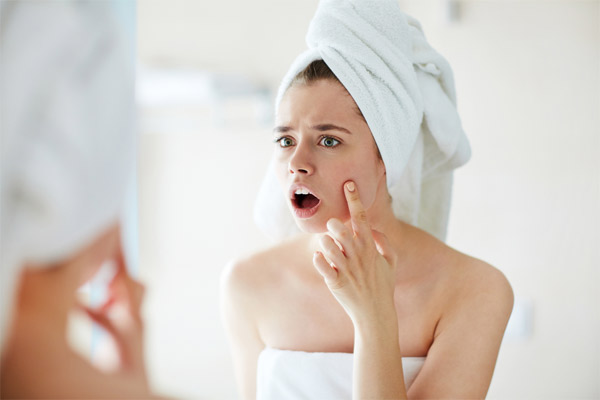
As we’ve seen, milia or little white bumps on the facial skin are cysts filled with keratin or simply small pro types tein globs under the skin. According to dermatologists, milia exist in twoincluding primary and secondary milia. Usually, primary milia arise from oil glands that are yet to properly or fully develop. Conversely, secondary milia occur from trauma on the skin.
2. You Assume Little White Bumps on Face Are Acne And Take Care of Them That Way
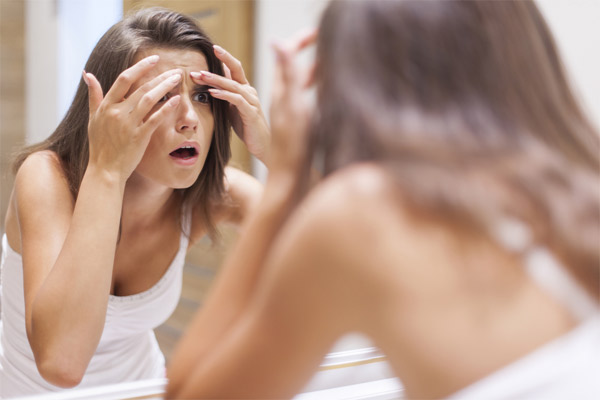
Having small white bumps on face doesn’t necessarily imply that you have milia. Usually, milia resemble little balls with protein inside beneath your skin and don’t have a hole or pore through which they can escape.
Whiteheads or comedones are excess wastes and fats that are usually trapped inside a hair follicle making them clog up skin pores. In other words, milia are just proteins trapped underneath your skin. On the other hand, comedones are skin debris and fats trapped within skin pores.
Eliminating dead skin cells or skin exfoliation using a chemical or an abrasive product is important. However, you shouldn’t scrub your face brutally with chemicals and soaps too often to avoid creating milia. Bear in mind that gently exfoliating your skin regularly can help prevent the buildup of excess dead skin that could clog your skin pores to cause whiteheads but not milia.
With regular gentle exfoliation, you can eventually succeed to remove milia easily since the layer of skin surrounding the milia tends to become thinner with each gentle exfoliation. In simple terms, exfoliating your skin frequently will help prevent the formation of milia, but doing so won’t cure them.
3. You Don’t Have The Slightest Idea What Causes The Little White Pimples on Face
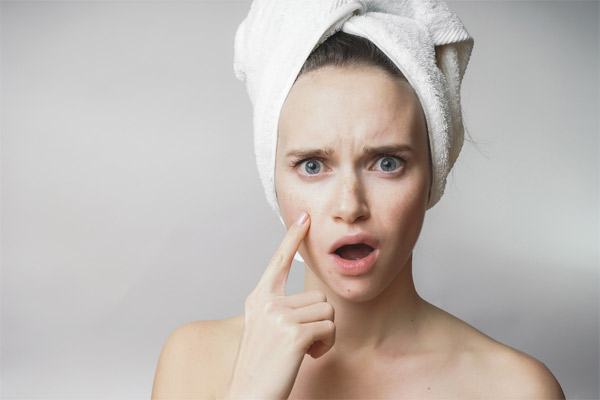
When you were a small kid, your face was probably covered with milia that gradually disappeared after some days. Alternatively, you might have inherited your white pimples on face from your parents. Conversely, you might have developed white pimples on face after excessively exposing your skin to the sun. The possibility to develop white spots on face following sun exposure is subject to discussion. According to some research findings, sunscreens contain certain active ingredients such as Parsol 1789, which might lead to sun allergies and can result to milia breakout later. Other studies claim that the sun is itself dangerous to the skin and it might damage skin cells leading to white spots on face. Some people experience white bumps around the mouth, which could be as a result of irritation by fluoride contained in toothpaste.
4. No One Has Ever Educated You on How You Can Prevent White Pimples on Face
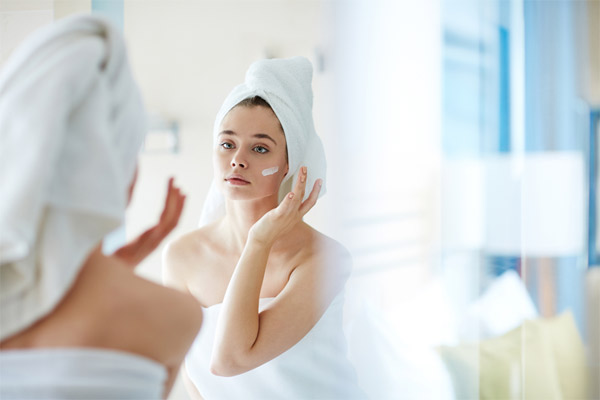
If you’d like to prevent the occurrence of white pimples on face, you should refrain from treating the skin using excessively harsh chemicals. Additionally, you may want to limit your sun exposure. To minimize the appearance of white spots around your eyes, use eye creams. Make sure your eye cream of choice has the least ingredients amount as possible to avoid irritation around the delicate thin eye area. Most importantly, gently touch your eyes and eye area and refrain from vigorously rubbing the eyes to prevent damage to the sensitive skin.
When it comes to teeth brushing, make sure the sticky foam doesn’t stay around your delicate mouth skin for too long. This will help limit the possibility of fluoride irritation on the skin around your mouth. Always use sunscreens with the little as possible amount of ingredients. Some ingredients such as fragrances might irritate your skin. Also, make sure you buy sunscreens that provide physical sunlight blockage and contain active ingredients such as zinc oxide or titanium oxide.
Related: Stop! Don’t Pop Your Pimples – A Danger Can Happen
5. How to Eliminate White Bumps on Face
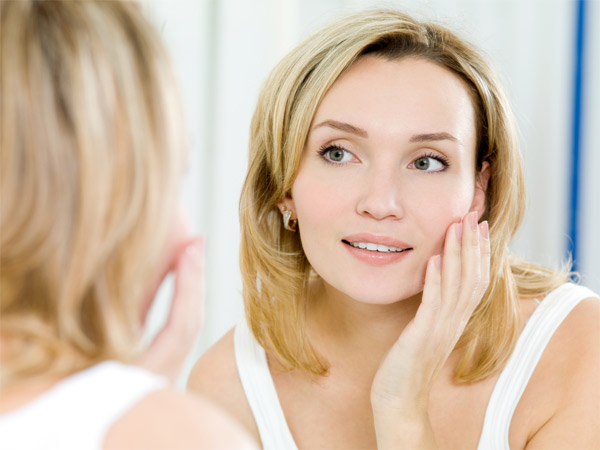
The key to eliminating the white bumps on face is acknowledging the fact that they don’t have an escape route. To remove them, you will have to approach an aesthetician or dermatologist to extract them. It is possible to remove white bumps on face on your own, but the process involves some risks.
Conclusion
Before you begin getting rid of your small bumps on face you need to make sure that they don’t signify an underlying illness or disease. Additionally, if you choose to extract your small bumps on face by yourself, you might have difficulties pulling out the cysts out completely.






